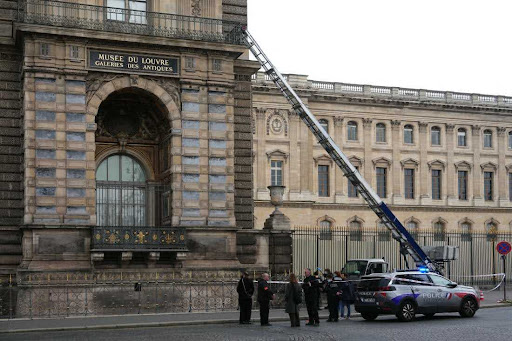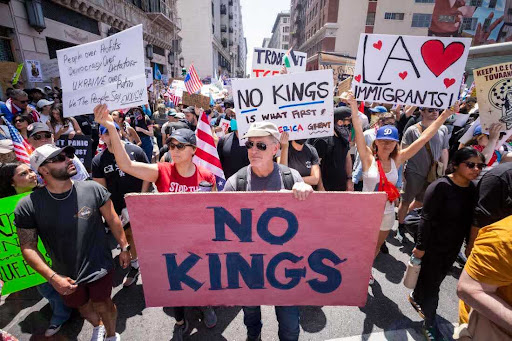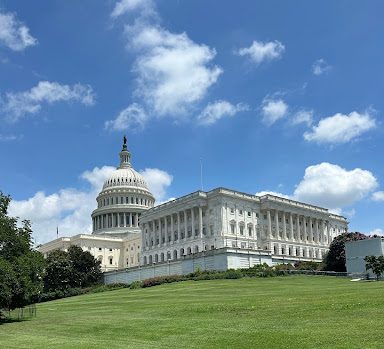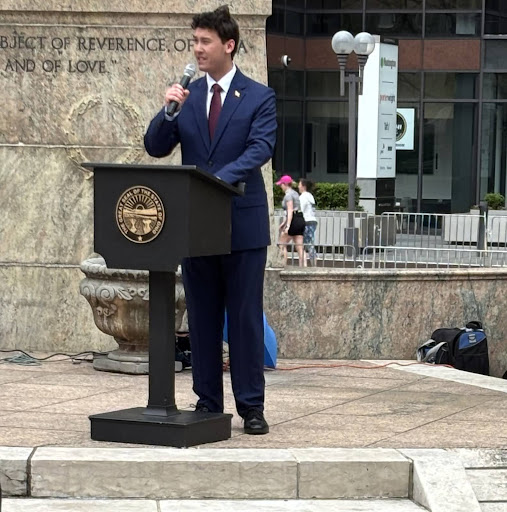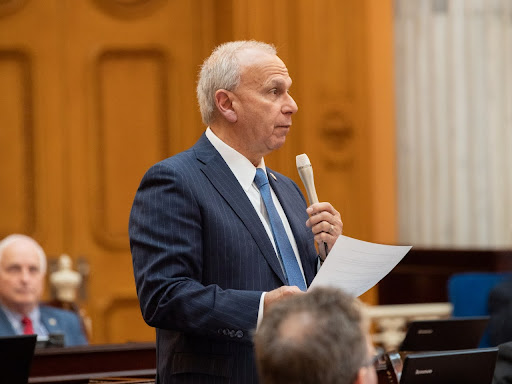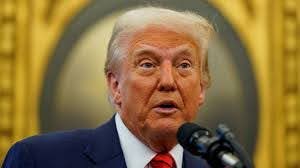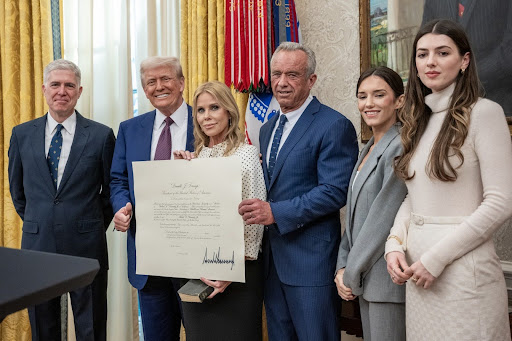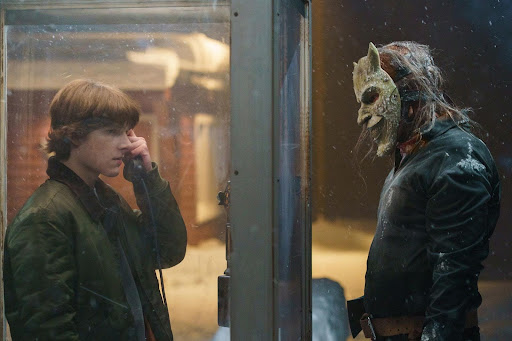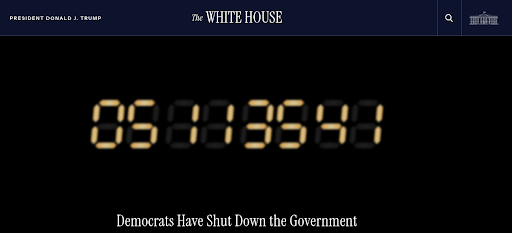
On October 1st, at 12:01 a.m., the United States Government shut down. For over eight days, the Republican and Democratic politicians in the Senate have continued to disagree about the budget, forcing 40% of the federal workforce to remain stagnant as they are put on unpaid leave. This is the first shutdown of the US government in seven years.
Why is this happening?
The reason that the government was shut down is because the Democrats and Republicans aren’t able to agree on the budget for the month of October and beyond that in terms of funding certain federal programs. Multiple branches of the government have to agree on the spending bill for it to be passed. Although Republicans control both chambers of Congress, the bill didn’t pass in the Senate. The bill was 60 votes short.
The Democrats who are opposing the bill are now using this as a negotiation period. These politicians are fighting to undo the cuts that Trump made to Medicaid, to see an extension of some expiring tax credits that make health insurance cheaper for millions of Americans, and to stop the spending cuts that have been made to government health agencies.
Before this transpired, there was a stopgap bill- a continuous resolution, which would allow for government funding to continue for a limited period of time- that was passed in the House but didn’t make it through the Senate, causing the shutdown to take place.
Who is getting affected in the government?
The entirety of the government hasn’t been shut down. The services that have been deemed as essential will continue to run, though many of the workers won’t be getting compensated for their work. Agencies such as border protection, law enforcement, immigration and customs enforcement (ICE) agents, air-traffic control workers, and in-hospital medicare are expected to continue their jobs as normal. Mail will still be delivered and post offices will remain open, luckily, since these services aren’t dependent on funding from Congress.
Government services that haven’t been deemed ‘necessary’ will be put on temporary leave, which is also unpaid. This means that services such as the food assistance program, federally funded pre-school, and institutions like the Smithsonian Museum have to be either reduced or closed. Other agencies, like the Centers for Disease Control and Prevention (CDC) and the National Institutes of Health (NIH), have also been forced to lay off many workers, which affects their ongoing research projects.
National parks are also being affected by this, since these parks and forests will remain open with little to no staff present. This happened in 2018 as well, when the last shutdown took place, and led to vandalism, looting of historical sites and littering. Travel will also be affected, with the Airlines for America trade body saying that the flight systems will slow down.
Schools could be affected by this shutdown as well. Although most of the schools are state-funded, schools still get money from the government for grants and student loans. Without the funding, these services would effectively come to a halt.
The Congress members, however, will still be paid throughout the shutdown.
What is the Administration’s response?
The current administration in the White House seems to be happy with the shutdown, contrary to past occurrences. Officials have been threatening to use this period of time to identify federal workers whose jobs are not essential to permanently lay them off at a later time.
Even the president commented on this: “We’ll be laying off a lot of people,” Trump, Tuesday September 30th. (BBC)


